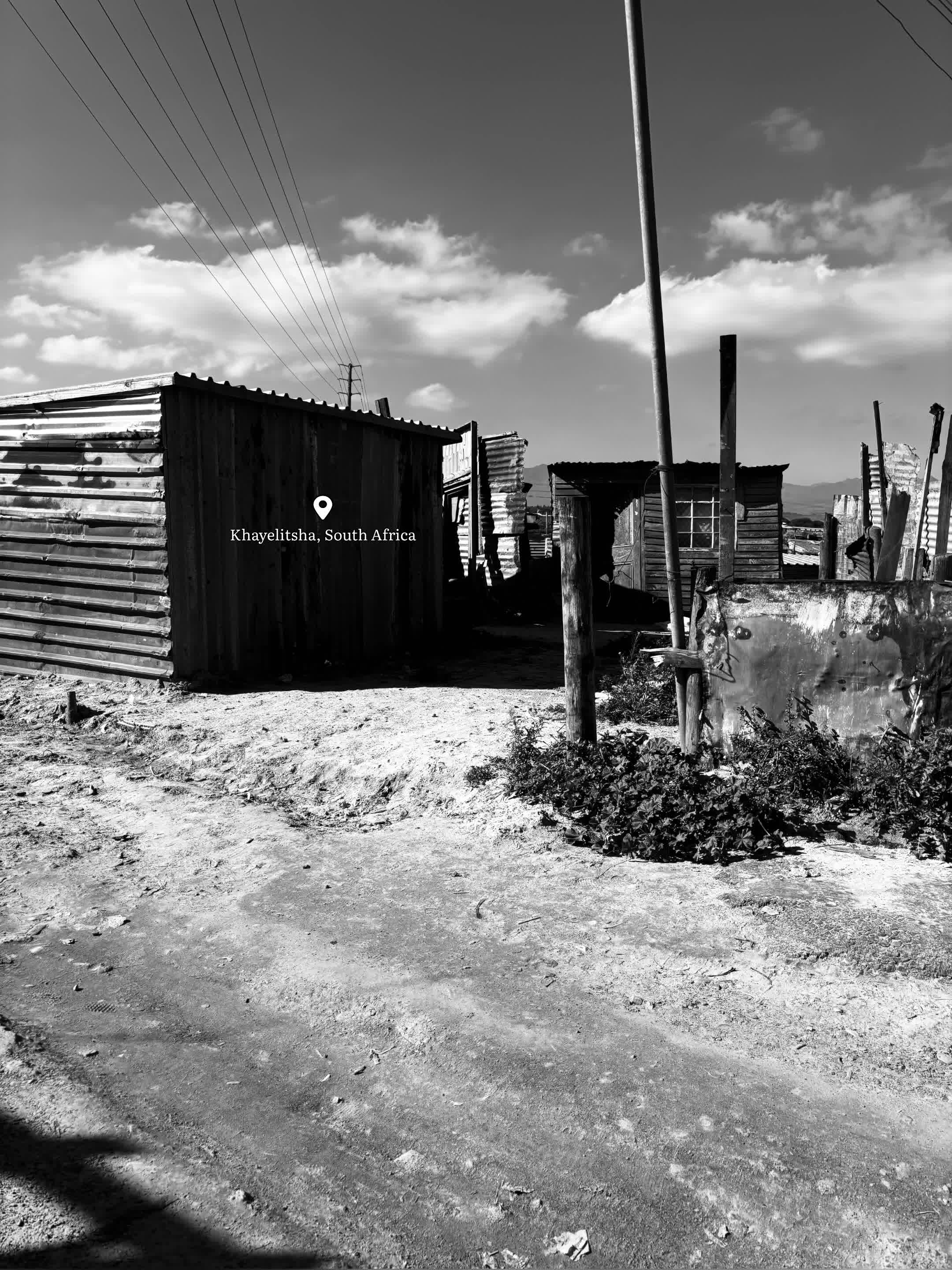LOCATING SPACES OF URGENCY
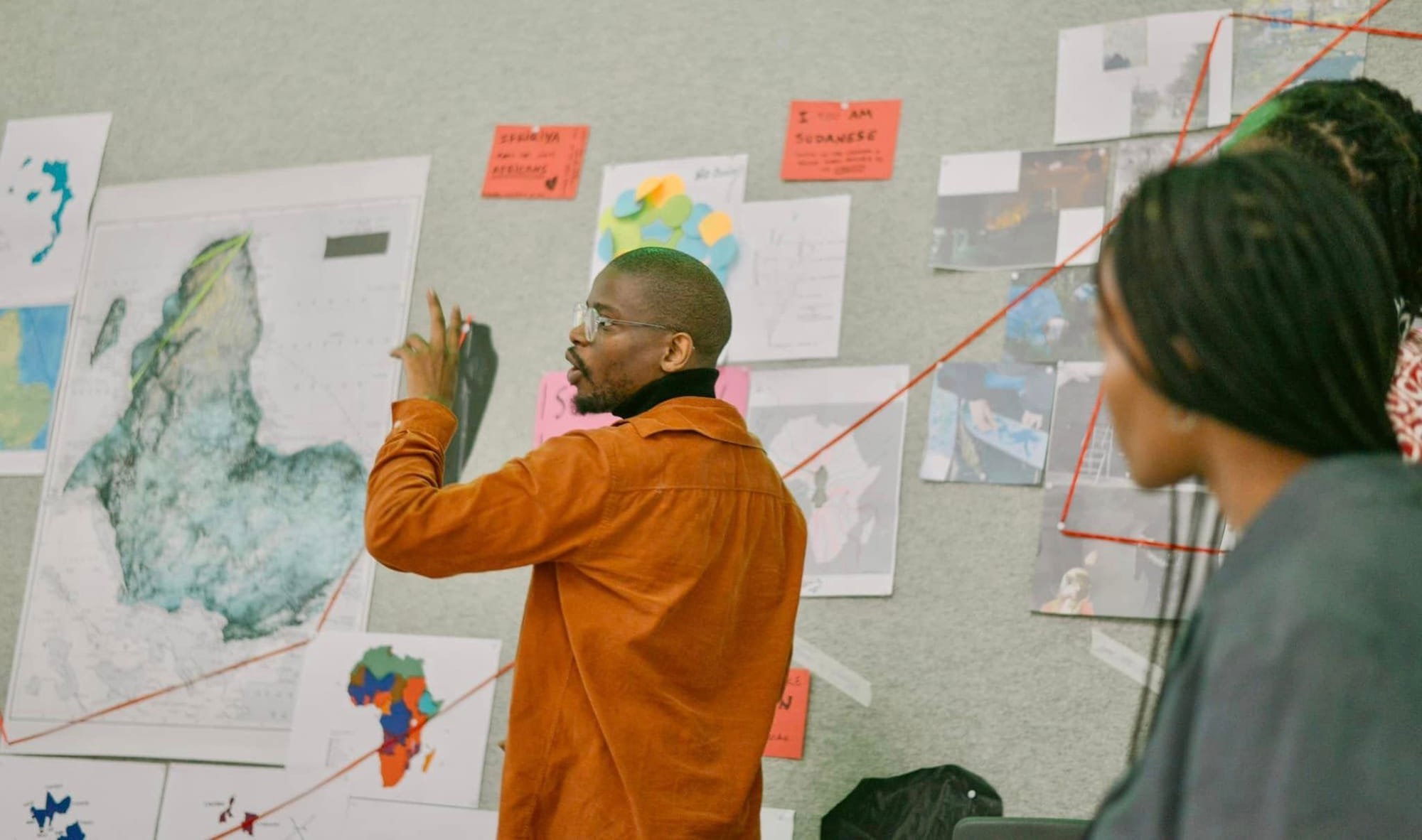
This is an ongoing project which encompasses series of spaces that hold victims to gather, remember, heal and predict. These spaces are physical, mobile, temporary and futuristic. I am also looking at the idea of mapping conversations as coordinates that direct individuals to collectively remember familiar and unfamiliar events. I am looking at these spaces as forms of archives.
Chapter 1: ENDLOVINI
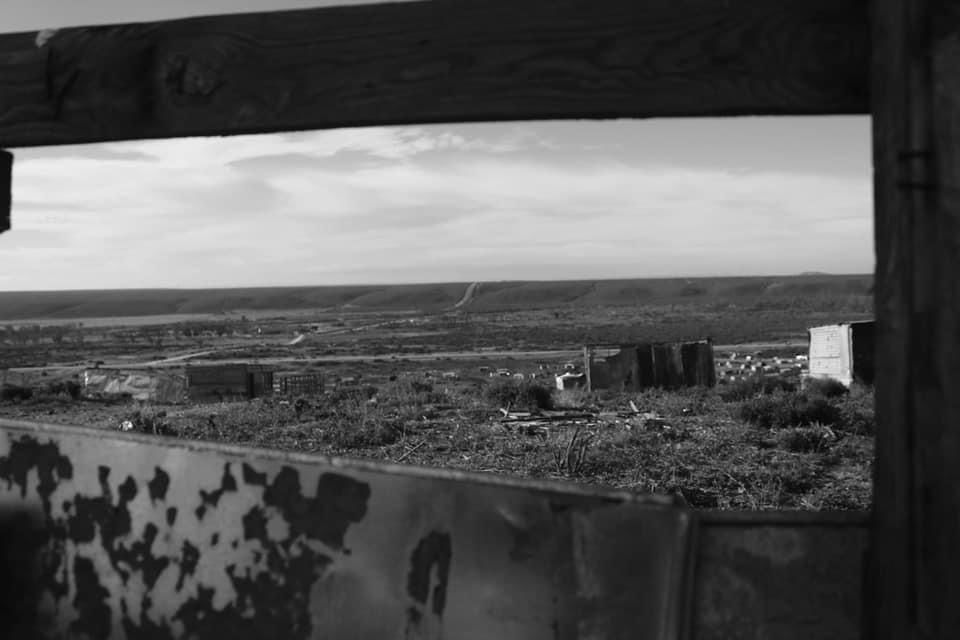
If you visit any black area in South Africa - especially in the city - you will find a housing section called ENDLOVINI. The Nguni term has a double meaning. The first literal translation is "at the elephant/place of the elephant", The second meaning is more nuanced and slightly loaded: "the place at which we charged in and settled". The term invokes, at least for mother-tongue speakers, a powerful image of resistance.
In collaboration with Onsite Collective, we will question and exercise the notion of collective remembering and explore how that can patiently help one to have a clear picture of a certain events that happened and transpired, looking at Endlovini as a space of urgency and as a form of archive.
Ukundlova is an act of identifying a vacant piece of land on which to settle. Thereafter, a list of names is drawn up from backyard dwellers, new arrivals in the city and young adults looking to leave home out of necessity.
Once that is done, residents come together to partition the vacant land, so those in need of space are apportioned plots. Those allocated these plots then buy or source material and start building their shacks.
Necessities such as water, sanitation and electricity are often an afterthought and tend to be superseded by the urgent need to have a roof over one's head.
There are many such Endlovini settlements in the Eastern Cape (where the term originates) - stretching from Port Elizabeth, Port Alfred and Jeffreys Bay and beyond other cities)
This is how most new settlements spring up or at least this one of the ways in which they do. But the process is often complicated by bureaucracy. Officaldom dictates that such settlements are considered illegal because they come into existence without permission from the relevant authorities.
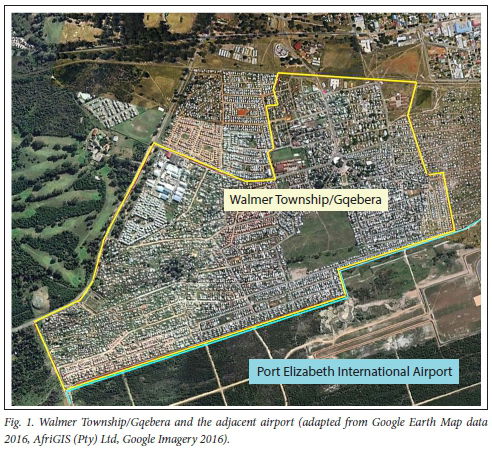
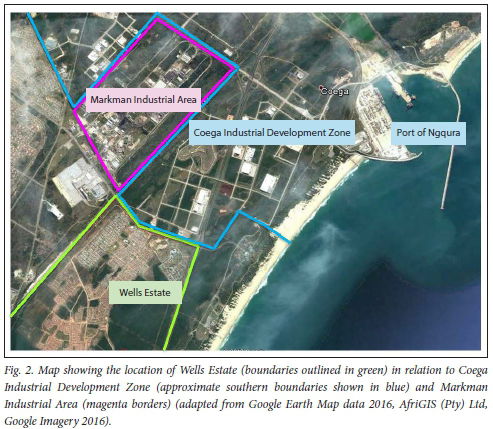
The Exhibition: WHATIFTHEWORLD Gallery, Cape Town. 15 June - 27 July 2024
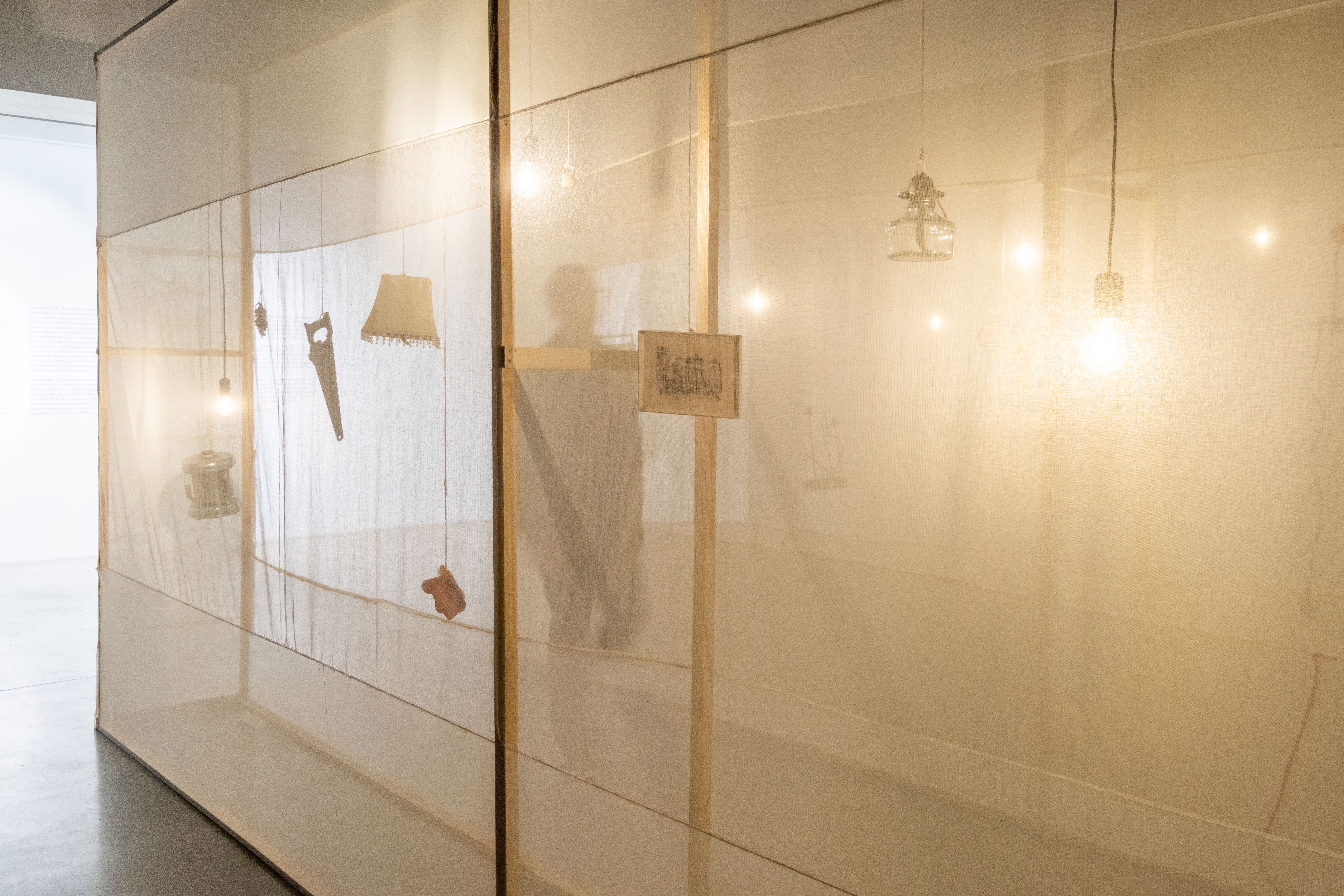

Endlovini as a form of archive installation: Found objects, silk and mutton cloth, nails, wood and thread.
IS'JOZI
The project (chapter) looks at one of the most popular streets in Johannesburg, Bree Street, now known as Lilian Ngoyi Street. The street is one of the most popular arrival and departure points, with two famous large taxi stations in the country, namely Bree Taxi Rank and MTN Noord Taxi Rank. The distance between these two locations is 1,1km or 15 minutes when walking. The space is filled with various kinds of traders. Its buildings were originally designed to serve aspecific cause. The space between these taxi ranks birthed many opportunities for people to create businesses. However, Lilian Ngoyi Street is regarded as high crime spot and is not accommodating for everyone. That impacts the business owners and the buyers the most.
To counter the crime-related problems, the business owners have responded by creating mobile markets, with the most popular ones known as DUNISA, which roughly translates to “Bend down”. The moniker is regarded as a naughty term by some. The word is assumingly centered on an observation of the actions of the buyers encountering the mobile markets. Goods are tucked in large open boxes and the buyer must bend down and dig through the founds objects (usually clothes) to select what is suitable for them. The contribution of these markets strikes large numbers of people from neighbouring cities, provinces, and countries. Some travel for days and hours, sleeping in cars or at the bus station, aiming to be the earliest birds to stock up on products and clothes before returning home. They use different modes of transport. The distance between the MTN Taxi Rank and Bree Taxi Rank becomes their point of departure to locate these mobile markets. Everything is spontaneous. For various reasons they negotiate their way to find these markets. There is no formal information or recorded movement suggesting the next move nor location of these markets. This serves to confuse and prevent the police and law enforcement officials tracking them down. This kind of market is regardedas informal.
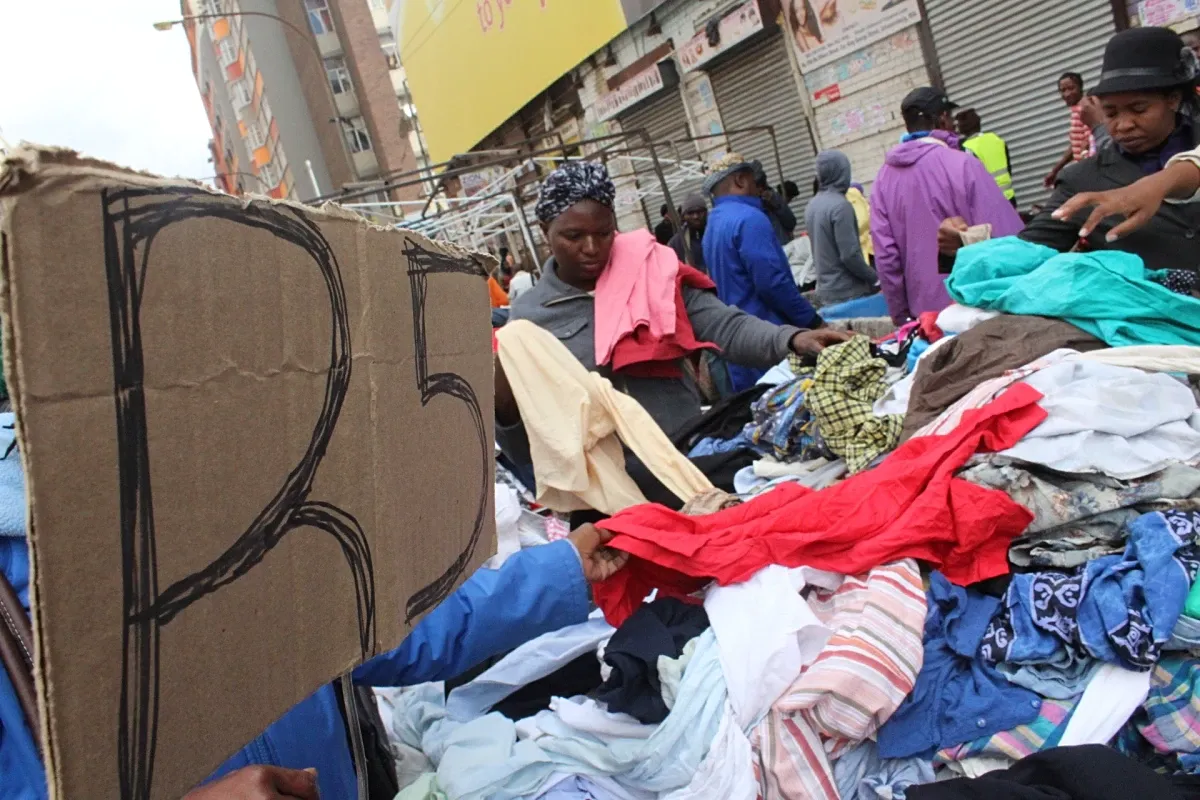
I am interested in the notions of formality and informality in relation to the two spaces, the Lilian Ngoyi Street and Dunusa markets. I am interested in how such spaces come into existence, and how we respond to such familiar and unfamiliar spaces. I am drawn to the culture of the city, the complexities,materiality, languages, and the bodies negotiating their way into the unknown. Iam fascinated by their daily negotiation: who gets to pass first and who waits?,who moves on the left and who takes the right side? This is usually a non-verbal conversation happening between two or more bodies encountering each other. One wages the pace and urgency of the other.
The walking distance between two points carries a lot of traumas for most individuals who have been on the journey. However, it also carries businesses memories and caters for needs on the go. For safety, one is encouraged to walk fast and have minimal encounter with strangers or have time to analyse how people in the space get by. I am wondering how one can collect data and track these movements that are so spontaneous and expressed in an alien language/method only understood by the loyal customers and traders. There are no official invoices/slips when one purchases goods. In most instances the traders accept cash. Their location is always shifting, albeit centered around these two main taxi ranks frequented by the buyers. I look at this as an active and engaging exercise, to take charge and respond to the crisis of unwelcoming spaces in the city.
